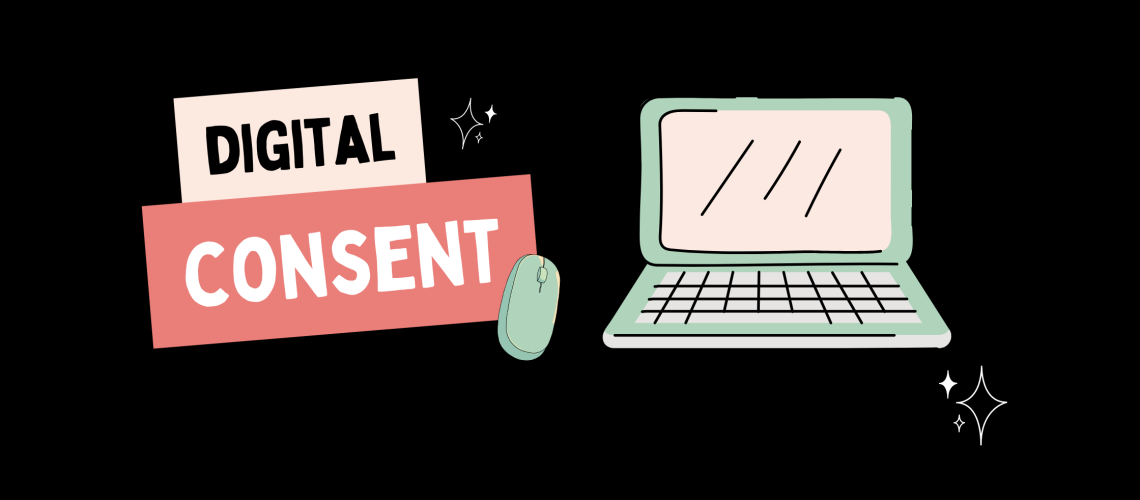Digital Consent
Digital consent is consent that happens through screens. Sexual activities can also take place via sexting, social media, sending nudes via multiple platforms, on-screen sexual activities, etc. Just like we need to practice consent with in-person sexual activities, consent needs to be discussed in digital spaces as well. When we are communicating digitally, we need to have ongoing conversations with those we are conversing with. We need to stop and think about how our actions may impact another person, consider how that person might feel, before sending something to someone without permission.
Ways to Practice Digital Consent:
- Ask consent before sending sexualized messages/texts.
- Respect the decisions and boundaries of others. If someone tells you no after they have been asked for digital consent and they set that boundary, you need to respect that and move on. Do not continuously ask, pressure, or coerce them.
- Respect boundaries people set around meeting up in-person. Some people are comfortable connecting via social media and digitally, but do not feel comfortable moving that dynamic to in-person interactions. We also need to keep in mind safety concerns.
- Just like in-person interactions, consent needs to be asked each time. Just because someone has consented to sexting and/or exchanging nudes, does not mean they have an obligation to do it again. The last interaction may have made them uncomfortable and they want to set new boundaries. Boundaries can change, and that is okay.
- Ask for consent before posting photos of someone else on social media.
- Just because someone is comfortable and gives consent on one platform or device, that does not give blanket consent to all others. People may be comfortable sexting, for example, but not video calls. If you are in a situation where you are sexting with a person and then you try to FaceTime the person, you need to have a conversation with them before calling them. It is important not to make assumptions about what people are comfortable with.
Sexting
It is important to note that if you’re under 18, there are risks and consequences associated with sharing and distributing intimate photos or videos with anyone. This act can be considered child pornography, even if the other person is also under 18. Sharing or leaking someone’s explicit photos or sext messages is a violation of digital consent and is harassment. However, we need to keep in mind that there is a risk that someone may do that if you send them nude photos of yourself.
Setting Digital Boundaries
Start by having conversations with your online friend by asking:
- Is there content or topics that make them feel uncomfortable?
- Are there certain types or topics of content sharing that are off limits?
- What is their comfort level of you sharing their content to public digital spaces? Or sharing it with others in general?
- What digital spaces are they comfortable and uncomfortable with engaging with you?
- What is off limits and what are their boundaries around sexting and/or sending nudes?
- Are they comfortable with receiving nudes? Always ask for consent, each time, before sending a nude photo to someone.
Digital consent is just as important as sexual consent and everyday consent. You have the right to set boundaries in all spaces that are within your comfort zone, whether it be in digital or physical spaces.
-Cassie Cole, RSW

